A Journey into Hydroponics: Tales from My Backyard
So, there I was, sitting at my kitchen table one rainy afternoon with a cup of coffee that was more lukewarm than I’d like to admit. The soft patter of raindrops drummed against the window, but my mind was racing with visions of lush greenery, fresh basil, and those beautiful strawberries from the grocery store that never seemed to taste quite right. That’s when I decided I was going to dive headfirst into the world of hydroponics—without really knowing what I was getting myself into.
The Grand Idea
I live in a small town, surrounded by cornfields and the occasional deer that wanders into my backyard. The idea of growing my own veggies was exciting, not just because I wanted fresh produce, but also because it seemed like a fun project to tackle. I’d read a few articles online, and when I stumbled upon the term "aquaponics," I was hooked. The thought of fish and plants supporting each other felt like magic.
I pulled together some materials I had lying around. I dusted off my old tools from the shed—a hodgepodge of PVC pipes, a rusty pump I could have sworn worked at some point, and an old fish tank that had been gathering dust. I decided on tilapia for my fish. They seemed hardy enough and, to my limited knowledge, wouldn’t require culinary finery to thrive. Plus, their name sounded cool.
Assembling the Puzzle
On a Saturday morning, with the sun peeking through the clouds, I ventured outside armed with enthusiasm and a bit of naïveté. I set up my totally makeshift system—which, looking back, resembled more of a jumbled science experiment than a farming venture. I created a water reservoir using that fish tank, connected it to a couple of recycled buckets, and stuck makeshift grow beds on top.
At first glance, I thought I’d nailed it. But what I didn’t account for was the chaos of balancing all that water. I felt like I was conducting a still-life for a horror movie when I realized that the water had started turning green from some algae bloom. My plants looked like they were staging a protest, wilting and drooping as if they had a mind of their own.
The Fish Dilemma
That first batch of tilapia? Let’s just say it didn’t end well. I had the tank all set up, filled it with water, tested the pH (or at least attempted to; it was more of a guessing game), and proudly placed my fish in their new home. By day three, they looked as confused as I felt. I didn’t have a heater or anything clever like that. The water smelled… well, let’s just say it didn’t exactly smell like the ocean. It was a bit like a fish market in July.
Then came tragedy. I watched as one by one, my poor tilapia began to float. They met their end not with a bang but with a whimper—likely due to my lack of knowledge about water quality or oxygen levels. It was heartbreaking, really. Each time I lost a fish, I felt a little piece of my enthusiasm float away with them.
The Redemption
But like any good story, this one wasn’t going to end here. After my initial setbacks, I dove deeper into research. I read up on aquaponics, and suddenly, the lightbulb flickered to life in my addled brain. I realized I needed to figure out filtration systems, learn how to effectively cycle the water, and actually check nutrient levels. Who knew there were so many variables?
I dusted off my water testing kits—those little strips that promised to tell you everything but often looked like a jumbled art project. I made a few more trips to the local hardware store, this time armed with purpose. I bought a more robust pump and a couple of aquarium heaters.
On a whim, I decided to rescue some goldfish from the pet store instead of tilapia this time. They looked like an easy-going bunch and would hopefully teach me more about maintaining the ecosystem without the pressure of serving them for dinner later.
Moments of Joy
Within weeks, my goldfish began to thrive. And, to my utter surprise, something magical happened: my plants started to perk up. The basil shot out lush green leaves, and I could actually see the beginnings of ripe tomatoes forming. It felt as though my backyard was magical, a little oasis of life flourishing where there had once been frustration.
The first time I snipped a few fresh basil leaves for a homemade pesto, I almost jumped with joy. Not only had I started creating my own fresh food, but every time I looked at my little hydroponics system, I could see reflection—my failures had been a stepping stone to something beautiful.
The Real Lesson
Looking back, I see that hydropnics taught me lessons that went far beyond dirt and water. It showed me that life is messy. It reminded me that sometimes, even in the face of losses and stinky fish tanks, trying something new can lead to the most rewarding outcomes.
So here’s my advice to you: if you’re thinking about diving into hydroponics or aquaponics, don’t sweat it. Don’t aim for perfection; just start. Please, learn from my mistakes—your fish and plants will thank you. And let me tell you, the journey is worth every lost tilapia.
If you’re looking for a supportive community, want to share your own successes and mishaps, or just want to learn more about this fascinating world, join the next session here. You’ll figure it out as you go, just like I did. And who knows? You might find yourself in a tiny paradise right in your own backyard.

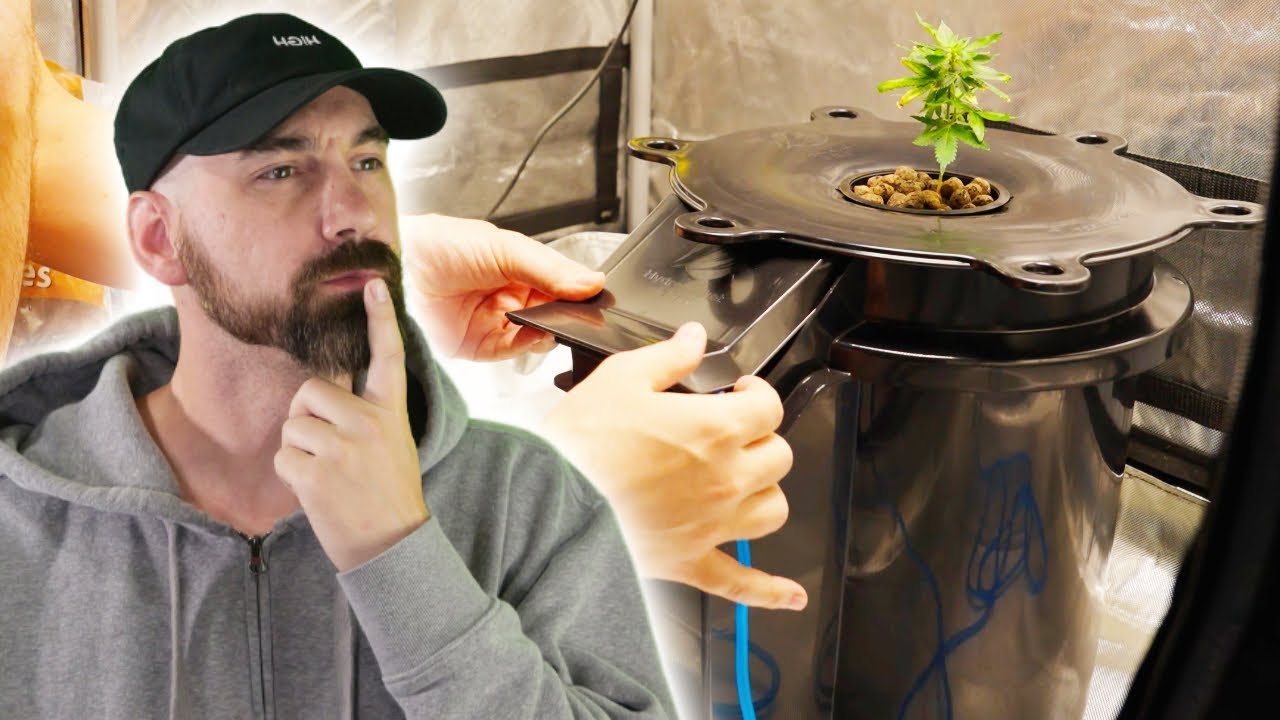
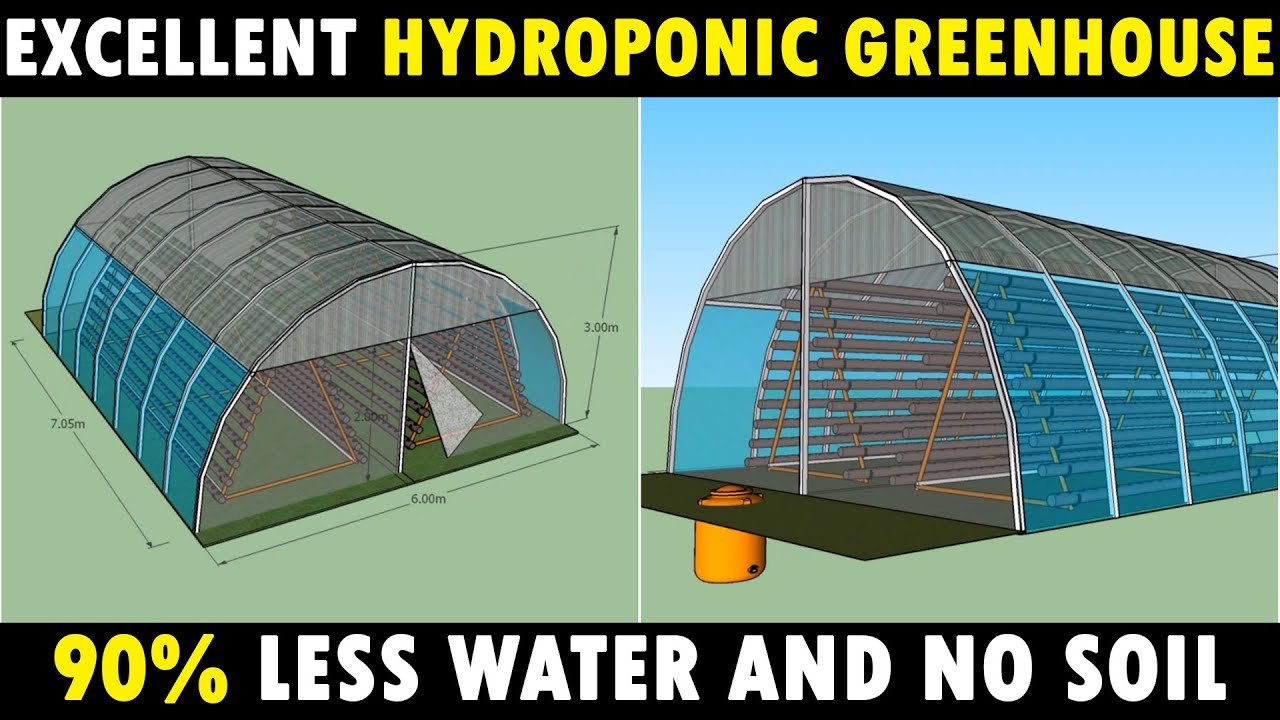
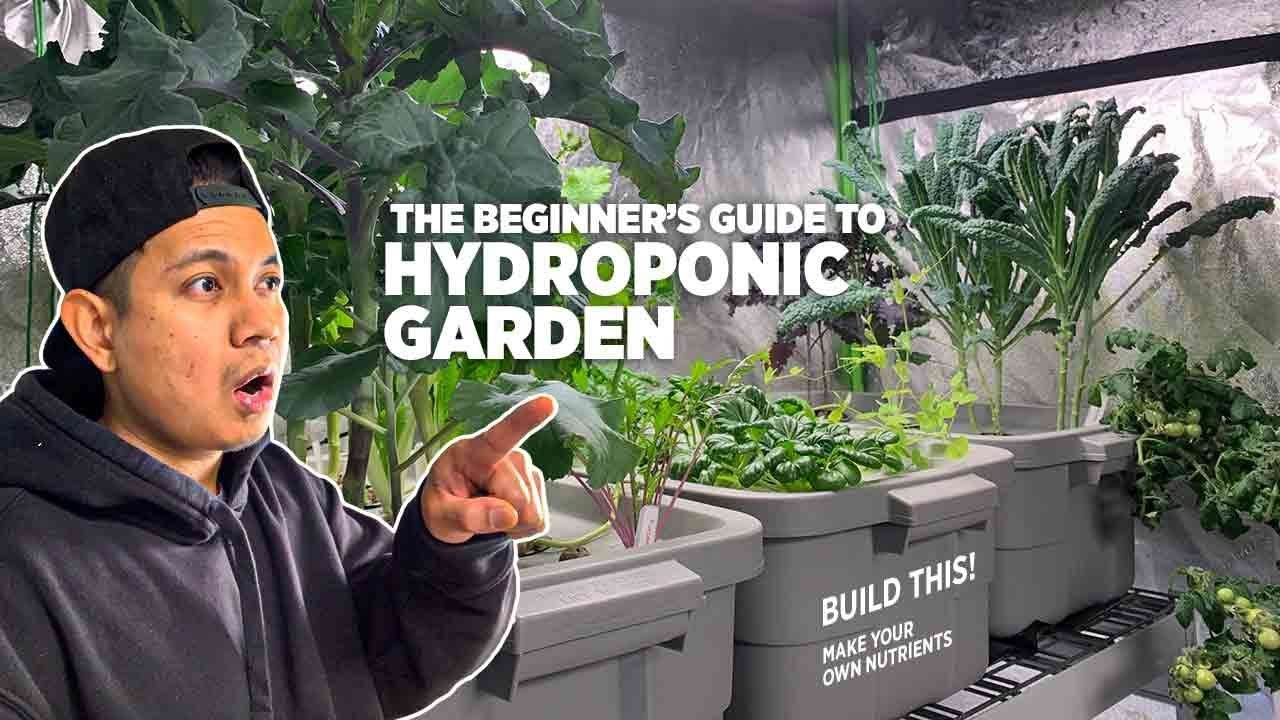

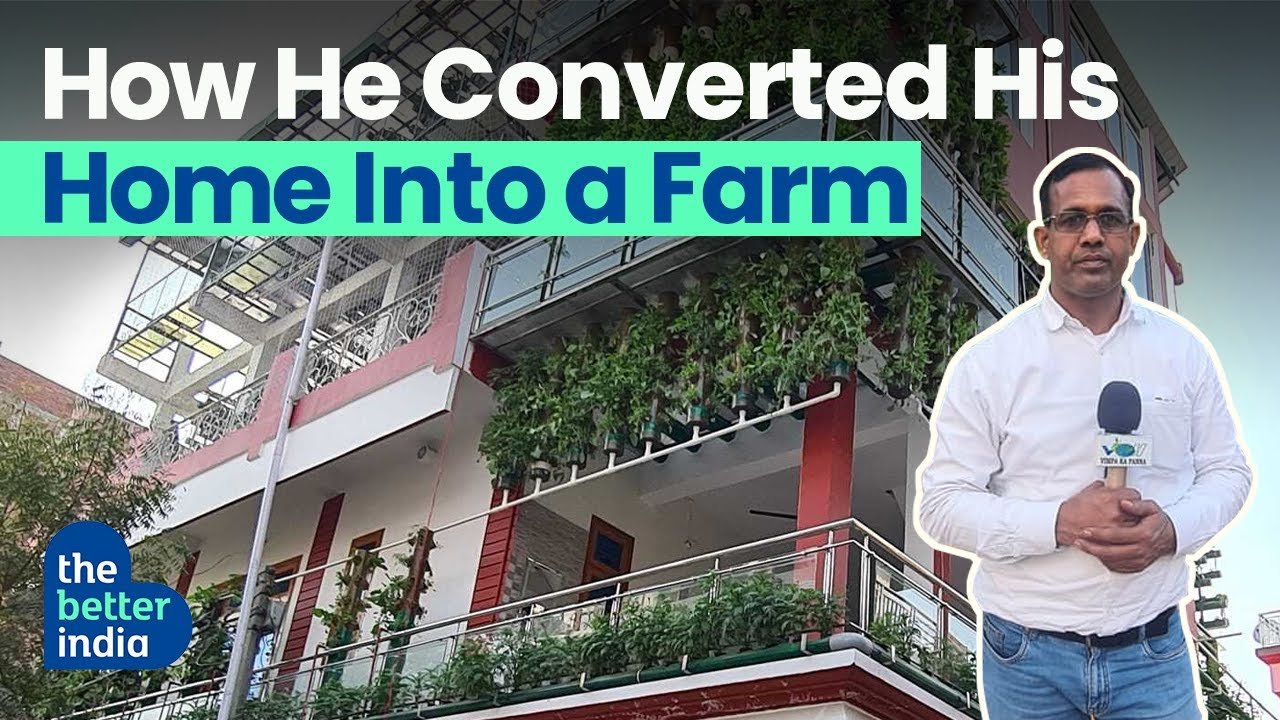
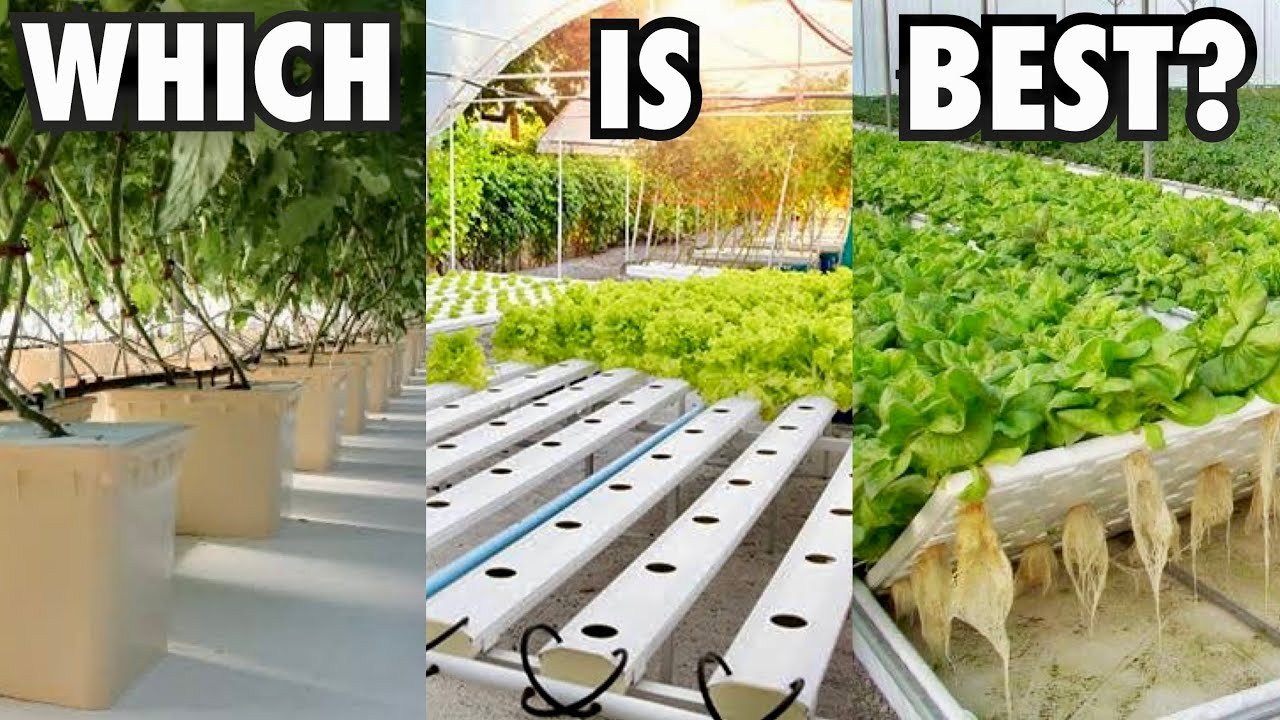
Leave a Reply